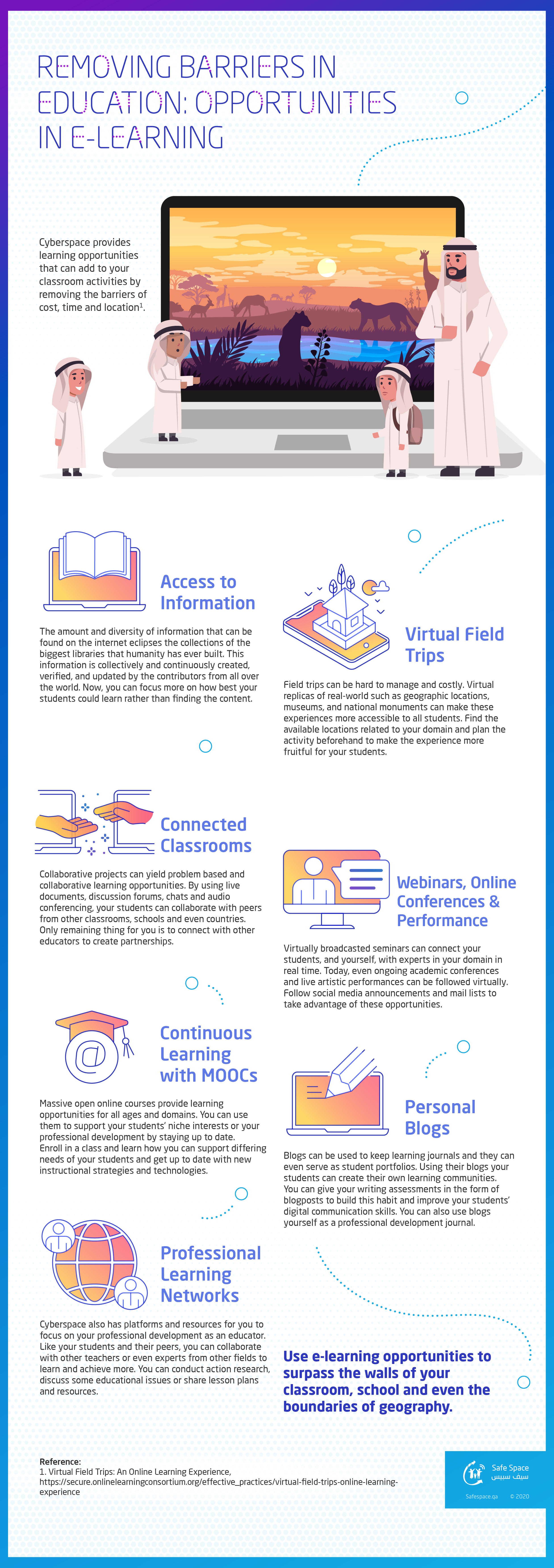Removing Educational Barriers: e-Learning Opportunities
Summary

Published
08-06-2020
Last edited
30-07-2024
@2x.png)
Favorites this18295
Call to Action
Check if the online platforms, apps, and games you plan to bring up in the classroom have any privacy and security issues.

















